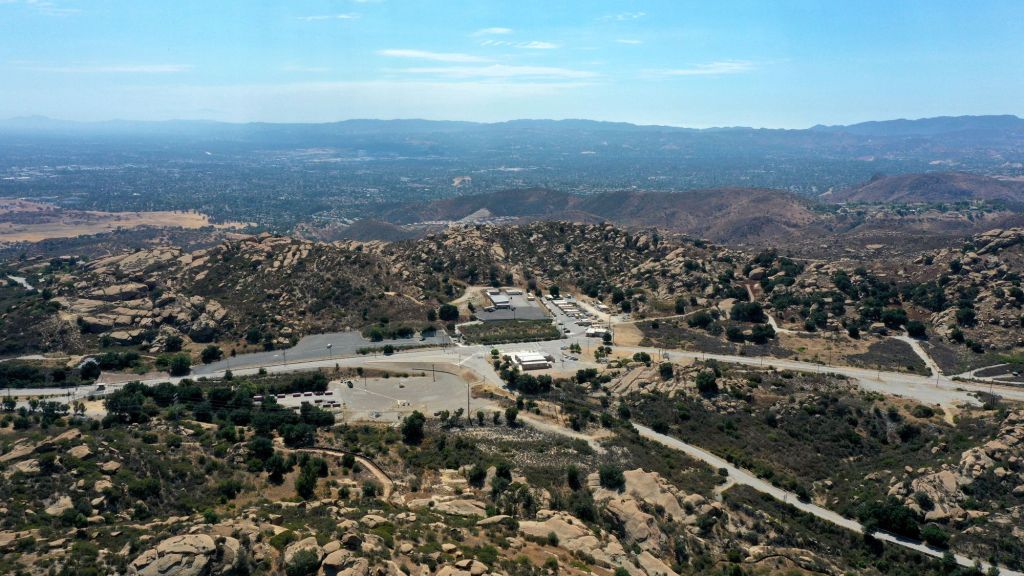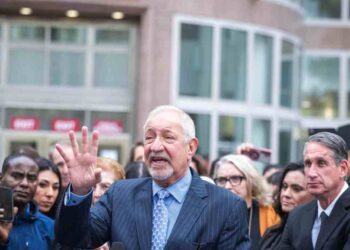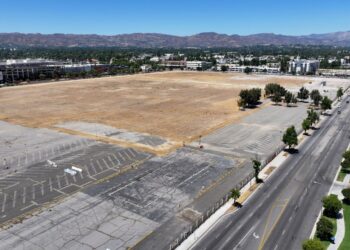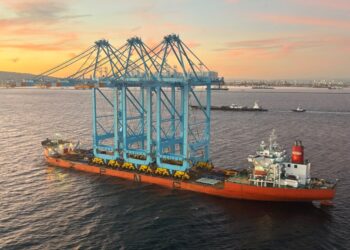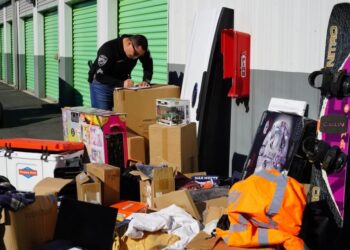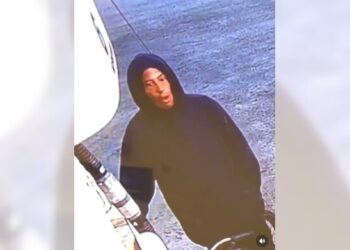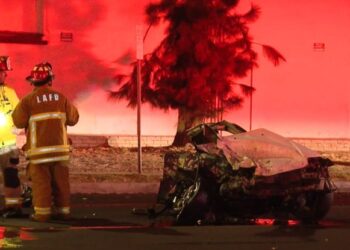Officials with the Los Angeles Regional Water Quality Control Board have voted to require Boeing to better monitor water discharged from Santa Susana Field Lab that is tucked in the hills between San Fernando and Simi valleys.
The board unanimously voted last week to approve a new five-year permit that requires Boeing, which along with the federal government owns the Santa Susana site, to perform a more precise level of testing of water discharged from the site.
“There have been impacts personally to the community, to members of the community, as a result of things that happened in the past at this site,” said the board’s chair, Norma Camacho, during the meeting on Thursday, Oct. 19. “We have to be extremely cautious and ensure that we protect the public to the maximum that we possibly can.”
The vote came a few weeks after the watchdog group Public Employees for Environmental Responsibility, or PEER, released a report showing that two highly toxic chemicals are not being monitored at the Santa Susana Field lab and potentially could leak into the Los Angeles River.
The 2,668-acre Santa Susana field is one of the nation’s most polluted areas, sitting at the headwaters of the L.A. River and surrounded by nearly 700,000 residents. The area became the site of rocket testing and a partial nuclear meltdown in the late 1950s.
The PEER report said California’s public health agencies had failed to monitor the decades-long migration of toxic chemicals — polychlorinated biphenyls, or PCBs, and per- and polyfluoroalkyl substances, or PFAS — leaking from the Santa Susana facility. Water officials told the Daily News recently that they had been working on addressing the issues raised in the PEER report.
PEER Director Jeff Ruch wrote in the report: “We do not know how much PFAS has already run off Santa Susana or penetrated the aquifer used to grow crops in Ventura County.”
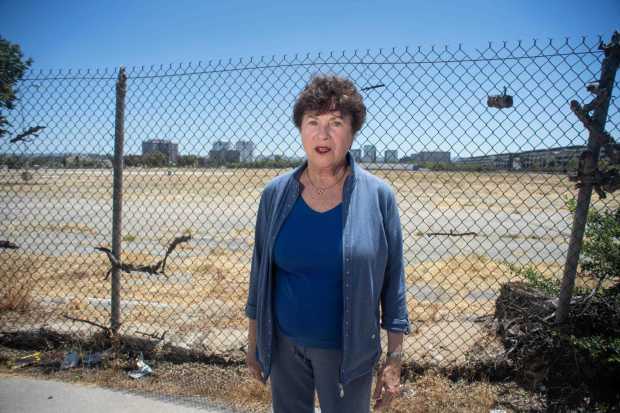
During the Water Quality Control Board meeting, Bonnie Klea, who worked as a…
Read the full article here

